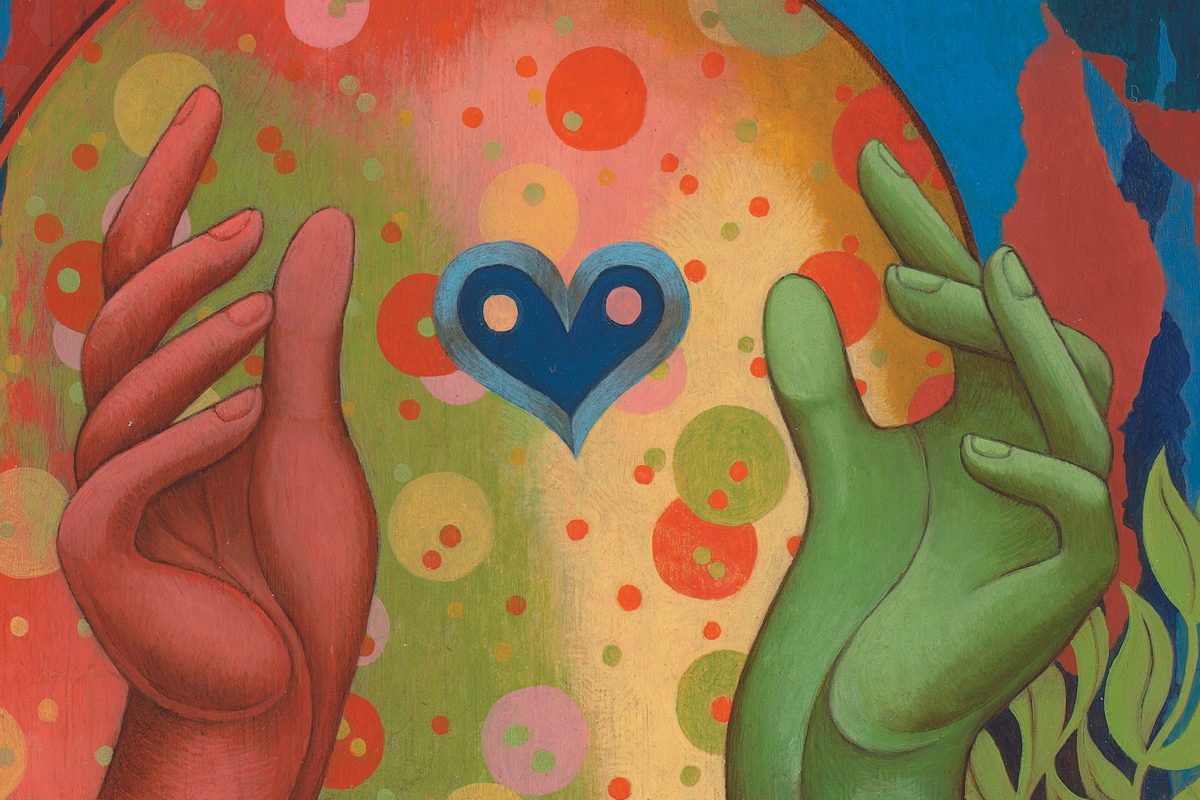When a Heart Stops: Improving Cardiac Arrest Survival Rates through CARES
The mother of five, in her mid-50s, was talking away one minute and had collapsed onto the carpet in her bedroom the next.

Her husband noticed the sudden quiet and found her on the floor not breathing. He called 911 and started
cardiopulmonary resuscitation (CPR) under the direction of the dispatcher. An ambulance came minutes later and first responders used a defibrillator to shock her heart to a perfusing rhythm before transporting her—awake and alert—to the hospital, where she had coronary artery bypass surgery.
She was one of the lucky ones. Most victims of sudden cardiac arrest who are not already in the hospital are not so fortunate.
Sudden cardiac arrest results from an abrupt loss of heart function and is the leading cause of death among adults in the US. Each year, nearly 350,000 people experience a cardiac arrest outside of the hospital, most in their own homes, and about 90% of them die.
“Cardiac arrest develops due to electrical instability in the heart and might be precipitated by a heart attack, a congenital heart defect, or occur during exercise or from an unknown cause. Patients often have no warning or preceding symptoms. The person is walking and talking one minute and the next is collapsed, clinically dead,” says Bryan McNally, executive director for CARES and Emory professor of emergency medicine.
The chain of events that begins that very moment can determine if the person lives or dies. “For every minute that person’s heart has stopped, survival drops 7 to 10 percent,” says McNally. “But if a bystander performs chest compressions (hands-only CPR), that can double or triple survival.”
Communities that measure outcomes and perform basic improvement activities, like dispatcher CPR education, can improve survival. Enter CARES (the Cardiac Arrest Registry to Enhance Survival), which collects data on cardiac arrest survival rates and other performance metrics. “Prior to CARES, most communities had no understanding of what happens to a patient whose heart stops, making it impossible to understand how the EMS system is performing or how to improve,” McNally says.
Developed by the Centers for Disease Control and Prevention (CDC) and Emory’s Department of Emergency Medicine in 2004, the registry links crucial information from three sources—911 dispatch centers, EMS providers, and receiving hospitals—to create a single record for each person who experiences a sudden cardiac arrest outside of hospitals. “CARES helps communities identify how to improve cardiac arrest survival rates by acting locally,” says McNally. “The program uses data to drive performance and improve care.”
Since its inception at Emory and use in Atlanta, the registry has grown to include 28 statewide registries and 50 additional communities in 13 states. CARES has recorded the details of more than 500,000 cardiac arrests. And now it’s expanding to reach all states in the US. “We’ve gotten such great support from Emory and the Woodruff Health Sciences Center,” says Allison Crouch, CARES director of operations and strategic planning. “This isn’t a clinical trial with a beginning, middle, and end. There’s a need for continuous data collection to assess performance and improve over time. CARES is a unique program that, hopefully, will allow us to increase survival rates across the country.”
Survival rates of people who experience sudden cardiac arrest are low overall but vary as much as 10-fold across communities. Victims’ chances of survival increase with early activation of 911 and prompt handling of the call, early bystander-provided CPR, rapid defibrillation, and early access to definitive care. CARES allows communities to measure each link in their “chain of survival” quickly and easily and use this information to save more lives.
“You can measure things as much as you want,” McNally says, “but to have an impact you need to make changes in the system.”—Mary Loftus





